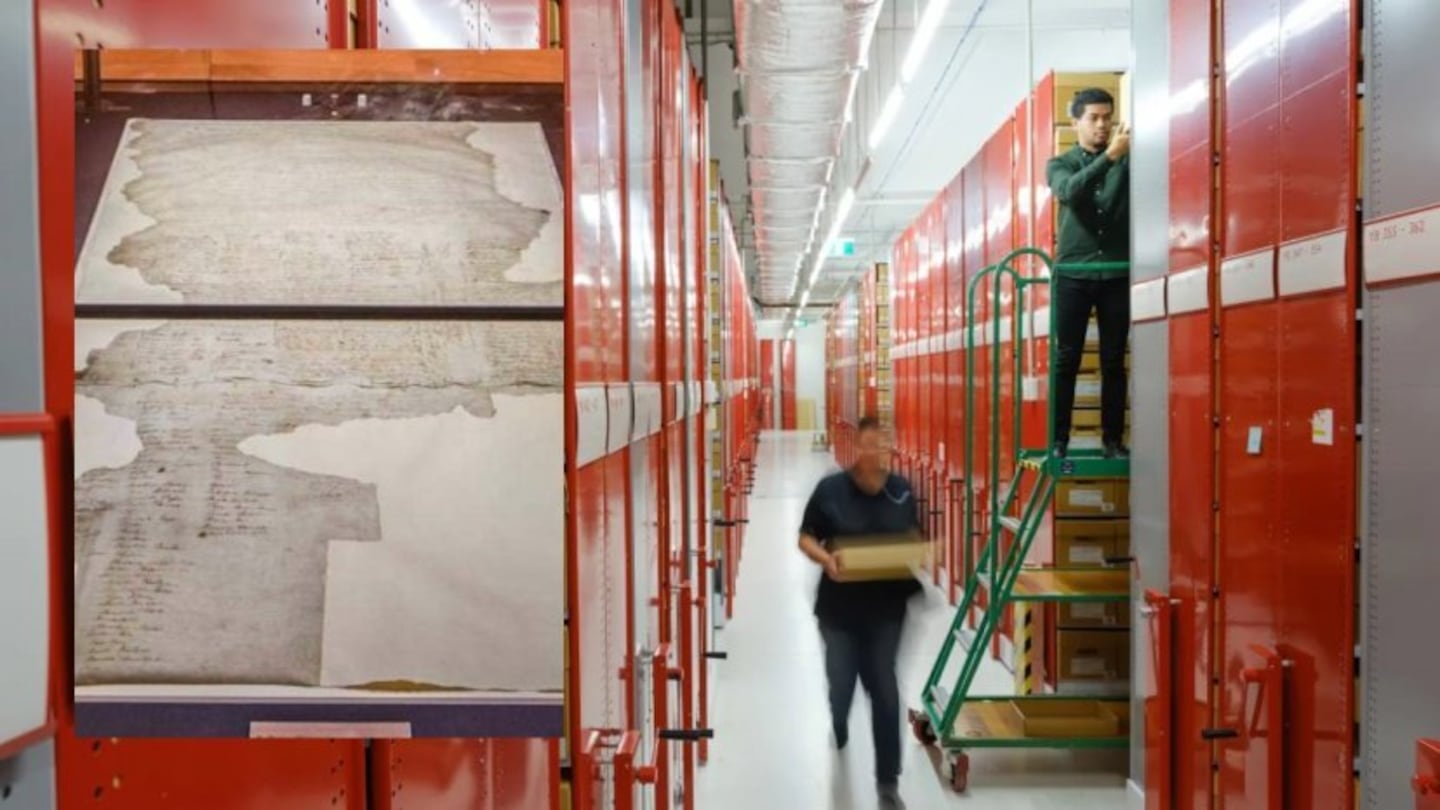Some of the earliest radio and television interviews broadcast in Aotearoa will soon be available to watch and listen to online thanks to a new project from Te Tari Taiwhenua (DIA), which makes up the National Library of New Zealand, Archives New Zealand and Ngā Taonga Sound & Vision.
The agency has signed an agreement with international archiving company Memnon to digitally preserve our most precious sound and video recordings, which they say are at risk due to being recorded on old cassette tapes and the like, which degrade over time and are not easily accessible to online audiences.
“The audiovisual (AV) heritage collections are at risk despite being stored in climate-controlled vaults. The playback equipment necessary for digital preservation is becoming obsolete and general age-related decay of these collections makes it progressively difficult and expensive to maintain," the consortium said in a statement.
The project received over $40 million through Budget 2020 and will include content from as far back as the 1940s, under the government’s then broadcasting body the NZBC (New Zealand Broadcasting Corporation).
Ngā Taonga will provide approximately 350,000 original AV items in various formats, the National Library 106,000 and Archives New Zealand 10,500 items.
Much of the Whakaata Māori catalogue, from as far back as the network's inception in 2004 will be included. Episodes of Te Kaea, Go Ask Auntie, Tangata Whenua, Marae and Waka Huia will be included according to a Te Tari Taiwhenua spokesperson.
“Radio content includes interviews and events coverage of interest to Māori audiences from the 1940s to the 1990s” Ngā Taonga acting co-chief executive Jeanette Bullen says.
Archives New Zealand has previously acknowledged the importance of the content within its archives as it relates to the documentation of racial injustice within Aotearoa's history.
The contract with Memnon will bring 15 to 20 new jobs to Aotearoa, with Memnon operating from Avalon Studios, the former TVNZ headquarters in Lower Hutt, Wellington.
“Our taonga will be digitised on New Zealand shores. The AV collections are a priceless window into our past, and one that the public will be able to keep looking through into the future,” Bullen says.
The project has been given the name Utaina, suggested by Ngā Taonga. It has been interpreted as "load the precious freight on board" and was a catch cry of leader Sir Apirana Ngata when advocating for the recording and preservation of Māori language and heritage.
"As this project is aspiring to 'load on board' precious AV heritage so it can be digitally preserved for generations to come, it’s a very appropriate name," Ngā Taonga Sound & Vision Group Manager Accessible Collections – Pou Takatū Sarah Davy says.
The Utaina project is expected to be completed in 2025.


